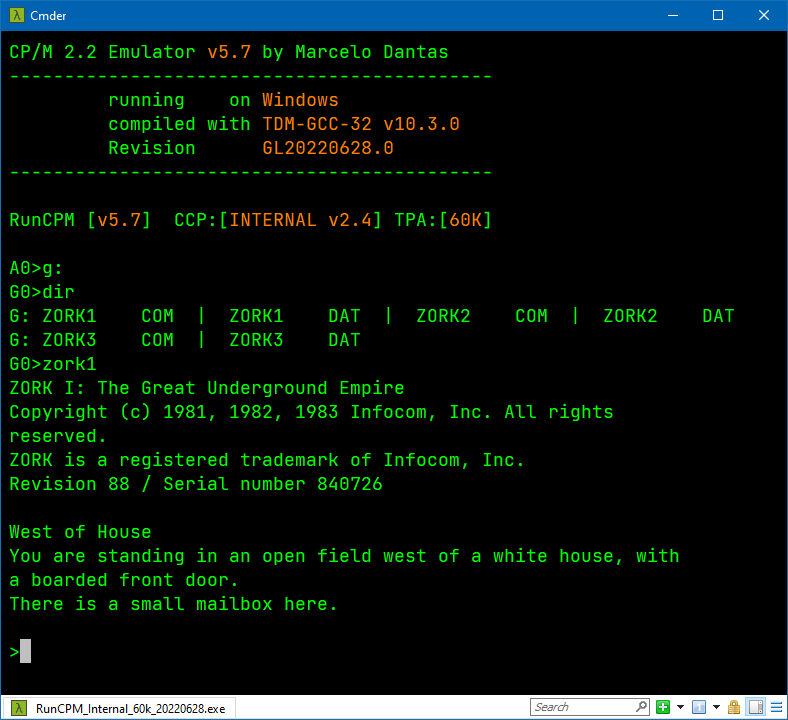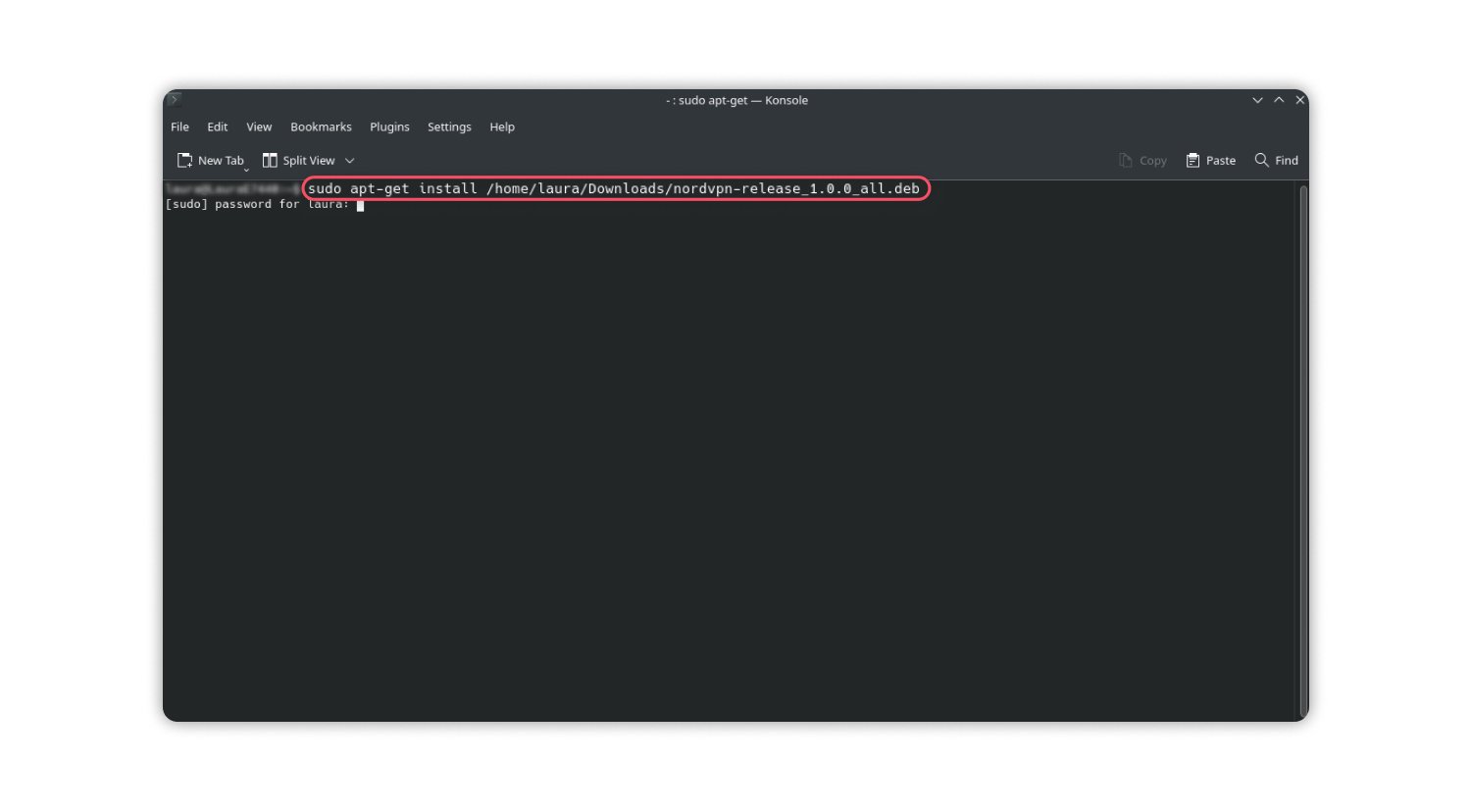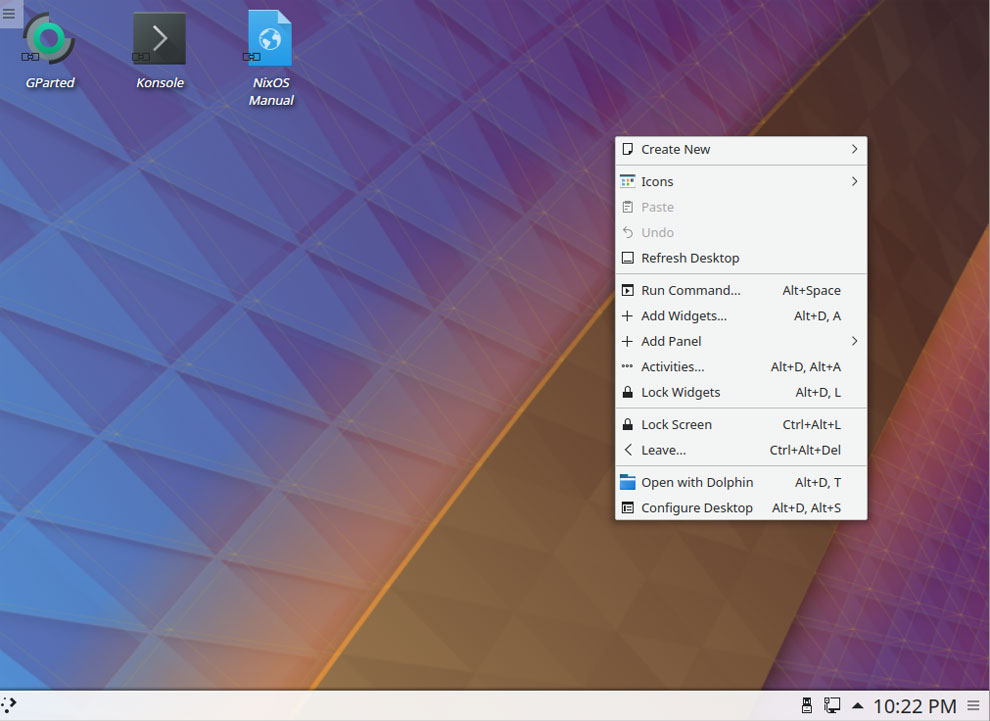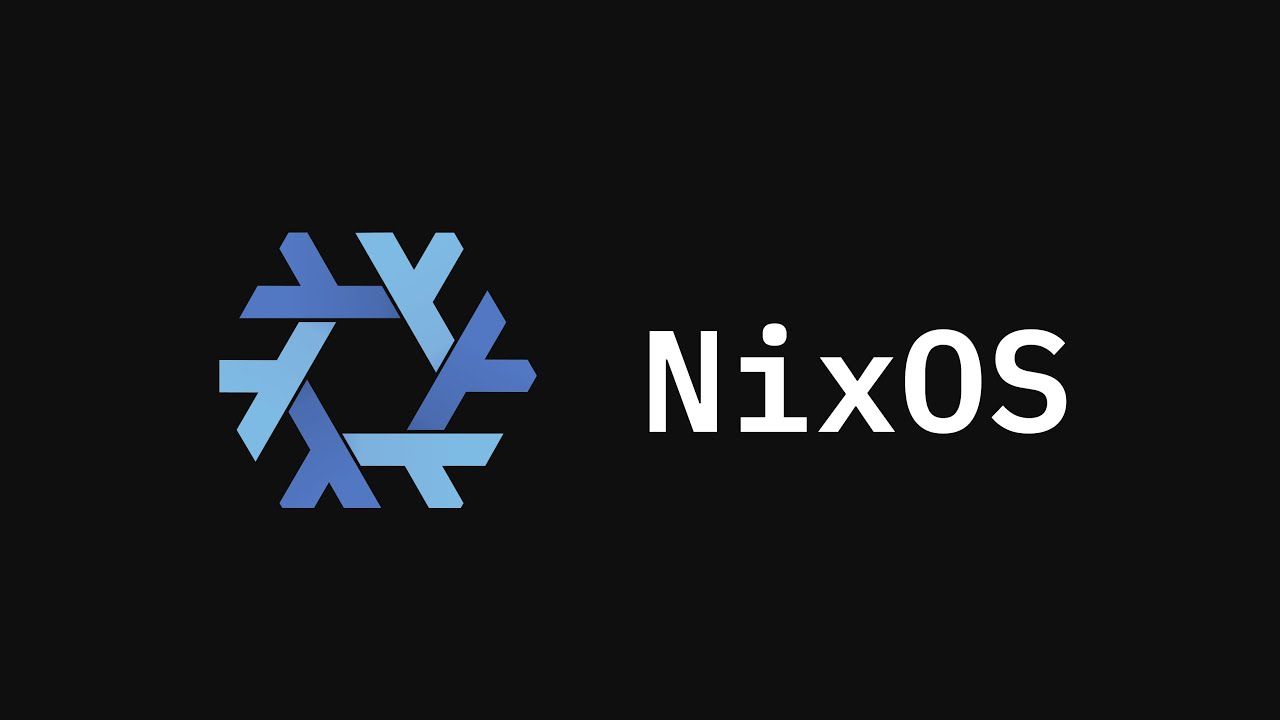
Linux Fu: Embracing the Past with RunCPM
In the realm of advanced Linux users lies a hidden passion for retrocomputing, a journey back in time to the era of Altair and CP/M machines. While the title may not evoke memories of Marty McFly, the allure of recreating vintage computing experiences is undeniable. Enter RunCPM, a versatile emulator that transcends platforms, bridging the gap between modern systems and the nostalgic charm of CP/M.
Uniting Past and Present
RunCPM’s versatility shines through its compatibility with a myriad of platforms, from traditional desktops running Linux to microcontrollers like Arduino, Teensy, ESP32, and STM32. With experimental support for SAM4S and Cyclone II FPGAs, RunCPM offers a unique opportunity to explore CP/M software seamlessly across diverse hardware environments.
Seamlessness Redefined
One of RunCPM’s standout features is its direct file system translation on Linux, eliminating the need for intricate file transfer procedures. This seamless integration empowers users to run CP/M software on Linux as if the operating system had acquired a retro alter ego, opening doors to educational, nostalgic, and cross-development pursuits.
Building Your CP/M Universe
To embark on your CP/M adventure, building the RunCPM project is the initial step. Whether targeting Linux or other platforms, the straightforward ‘make posix build’ command sets the stage for creating a customized CP/M environment. Organizing disk drives and user areas paves the way for a tailored CP/M experience, enriched by a repository of pre-organized CP/M programs.
Embracing Nostalgia, Embracing Limitations
While RunCPM offers a gateway to the past, certain limitations remind users of the inherent differences between CP/M and modern computing paradigms. Constraints on disk structure awareness, terminal manipulation, and I/O port functionality underscore the unique challenges of emulating legacy systems in a contemporary context.
Looking Beyond the Horizon
The allure of running a decades-old operating system transcends mere functionality, offering a glimpse into computing history and a playground for retro enthusiasts. From developing 8080 or Z80 code to reliving the Wordstar era, RunCPM serves as a time machine, transporting users back to the computing landscape of 1982.
Diving Deeper into Emulation
Beyond RunCPM, a plethora of Z80 emulators beckon enthusiasts to explore the realm of retrocomputing. Whether crafting emulators on ESP32 or delving into the iz-cpm ecosystem, the emulation landscape teems with opportunities to relive the golden age of computing.
Conclusion
In a digital age defined by rapid advancements, RunCPM stands as a testament to the enduring appeal of retrocomputing. By seamlessly integrating CP/M software into modern platforms, RunCPM invites users to embark on a nostalgic journey, bridging the gap between past and present in a harmonious union of technology and nostalgia.















